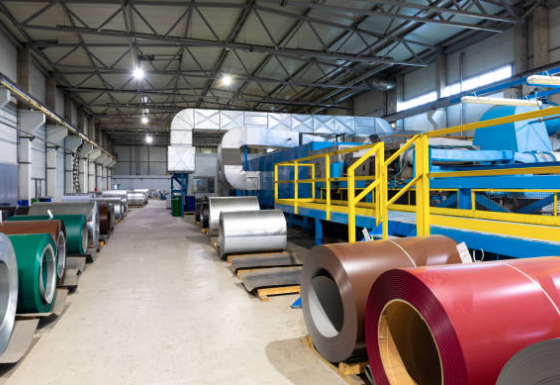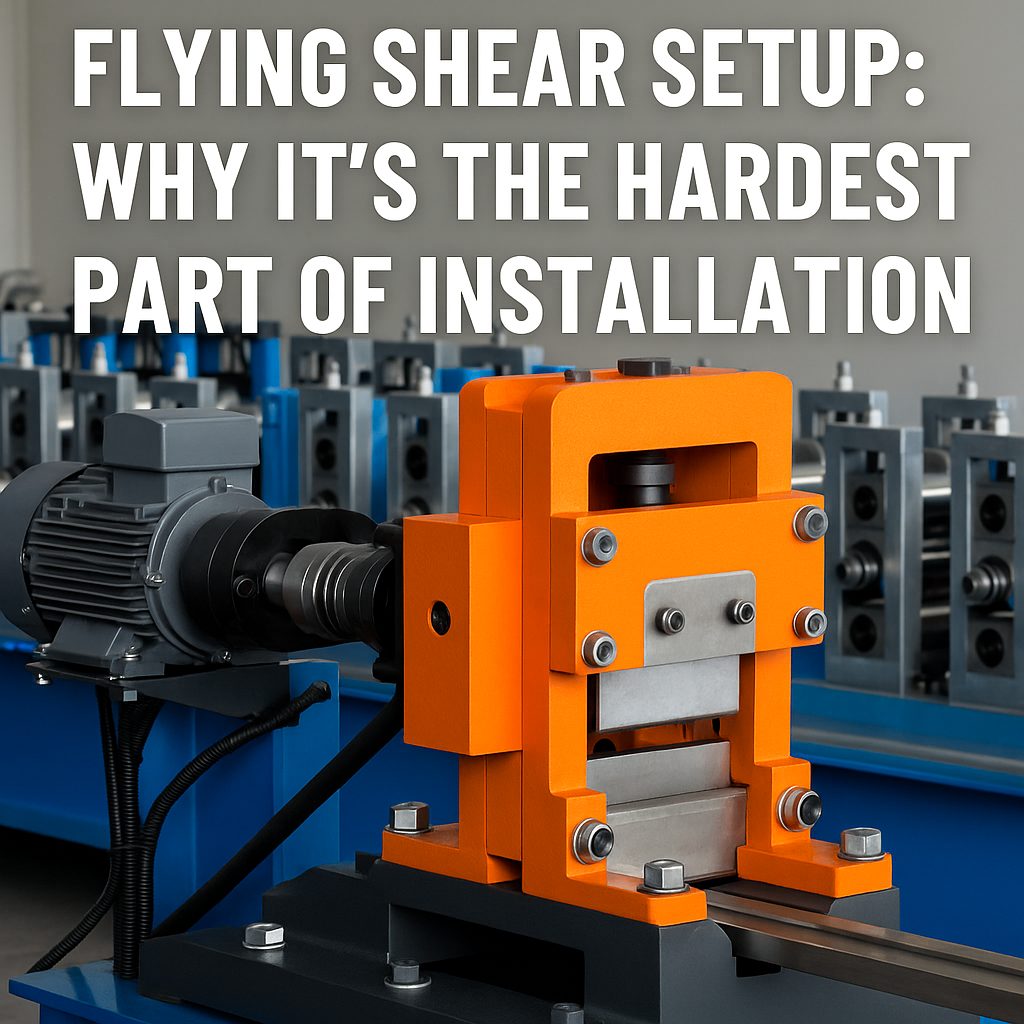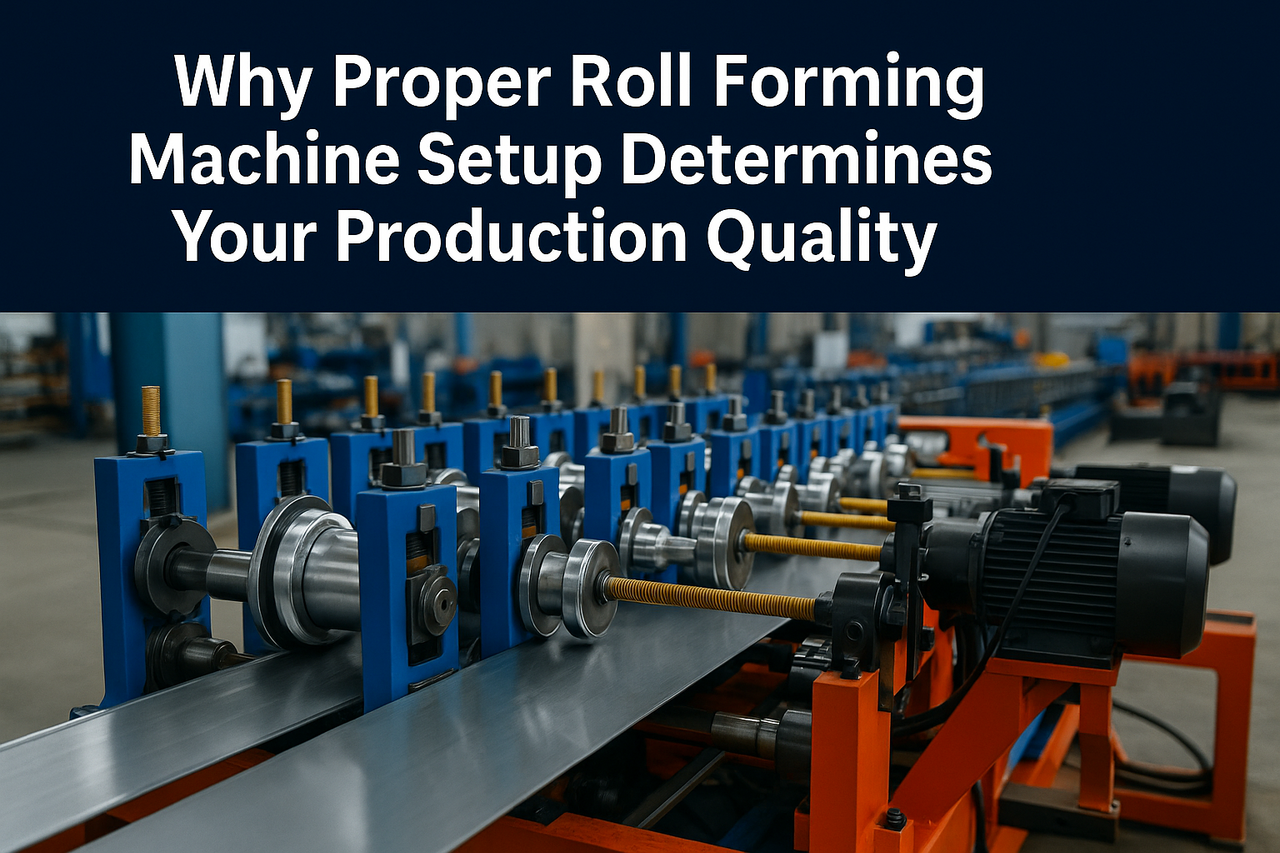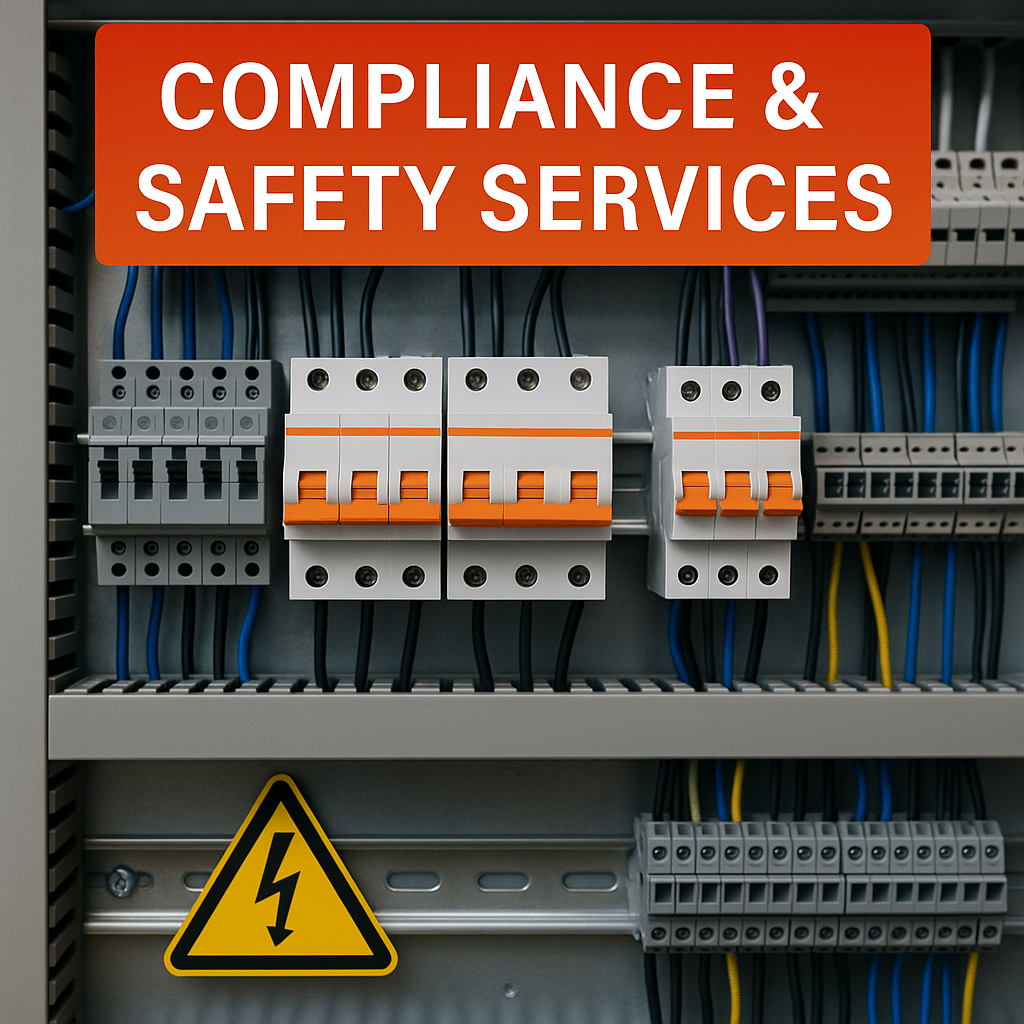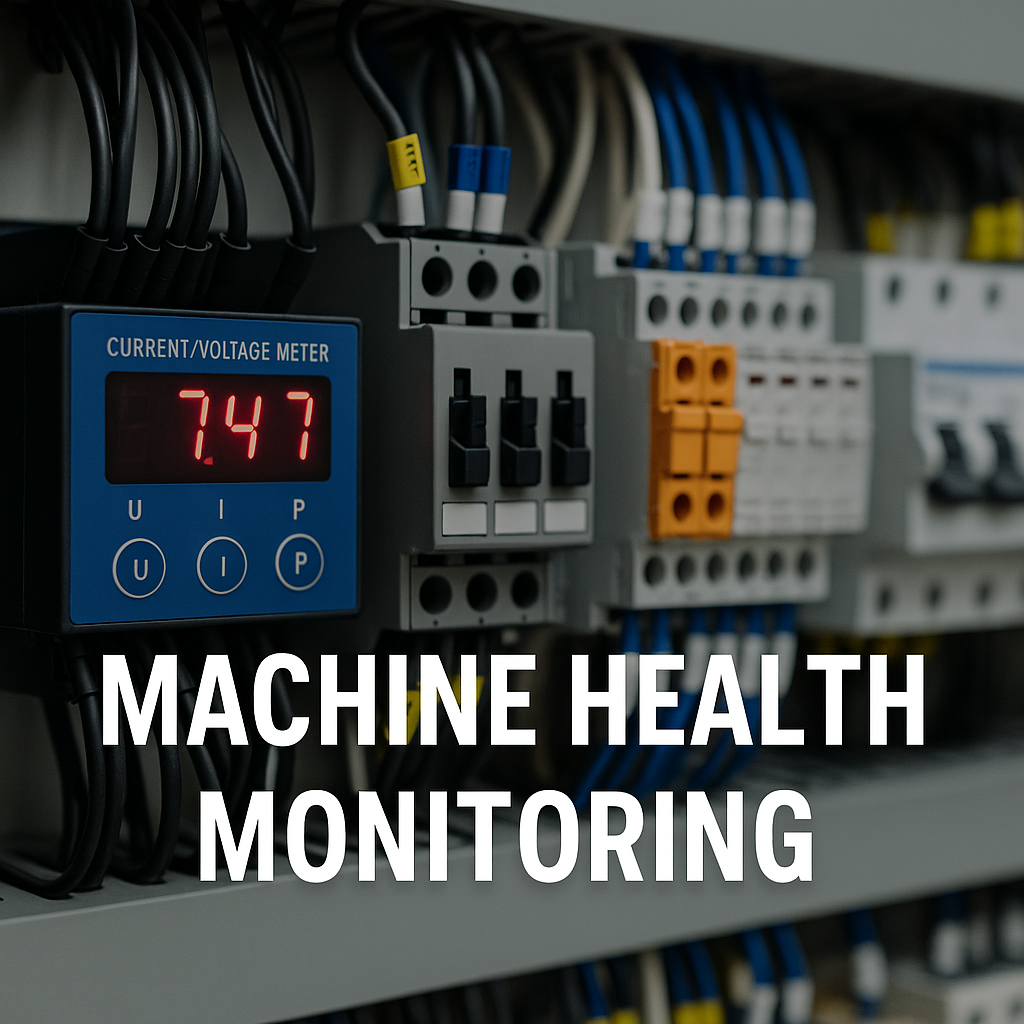The commercial construction industry is rapidly evolving, driven by innovations in technology and a growing focus on sustainability and efficiency. Roll forming machines are at the forefront of this transformation, with advancements that are set to shape the future of construction projects. From advanced automation to the integration of lightweight, high-strength metals, roll forming technology is unlocking new possibilities for faster, more efficient, and eco-friendly construction.
Innovations in Roll Forming Technology
- Advanced Automation
Automation is transforming the roll forming industry. Today’s roll forming machines are equipped with cutting-edge automation systems that streamline production processes, reduce labor costs, and improve precision. Automated loading, feeding, and cutting systems allow for faster production times while minimizing human error. This level of automation enables commercial construction projects to scale rapidly, meeting tight deadlines without compromising on quality. - Digital Control Systems
The integration of digital control systems is another key innovation reshaping roll forming. Modern machines come equipped with programmable logic controllers (PLCs) and touch-screen interfaces, offering unparalleled control and customization. These systems allow operators to adjust roll forming parameters with precision, ensuring consistent results across different projects. Digital technology also facilitates data collection, enabling real-time monitoring of production lines, which helps prevent downtime and maintain quality control. - Use of Lightweight but High-Strength Metals
Material innovation is a crucial factor in the future of roll forming. Lightweight yet high-strength metals, such as advanced high-strength steel (AHSS) and aluminum alloys, are increasingly used in roll forming processes. These materials offer a combination of durability and reduced weight, making them ideal for commercial construction projects. Roll forming machines are now capable of handling these advanced metals, allowing construction companies to build structures that are both strong and resource-efficient.
Shaping the Future of Commercial Construction
- Faster Project Completion
One of the most significant impacts of roll forming innovation on commercial construction is the ability to complete projects more quickly. Advanced automation and digital control systems allow for continuous production, reducing delays caused by material shortages or manufacturing inefficiencies. Faster production times mean that commercial buildings can be erected on schedule, helping contractors meet tight deadlines and avoid costly overruns. - Increased Efficiency and Precision
With innovations like digital control systems and high-precision tools, roll forming machines can produce metal components with exacting standards. This ensures that every piece, from steel beams to purlins and roof panels, fits perfectly in the final structure, minimizing material waste and rework. This level of precision not only saves time but also reduces the overall cost of construction. - Environmental Sustainability
Sustainability is a growing concern in the construction industry, and roll forming technology is playing a vital role in addressing it. The use of lightweight metals reduces the amount of raw material needed for construction, and the automation of roll forming machines helps minimize energy consumption. Additionally, roll forming machines can process recyclable materials like steel, contributing to a circular economy. As environmental regulations tighten, these innovations will help companies meet their sustainability goals while remaining competitive.
Conclusion
The future of roll forming in commercial construction is one of enhanced efficiency, precision, and sustainability. Innovations in automation, digital control, and material science are driving this transformation, enabling faster, more cost-effective construction projects that meet modern demands. As the construction industry continues to evolve, roll forming technology will remain an essential tool in building the structures of tomorrow.
